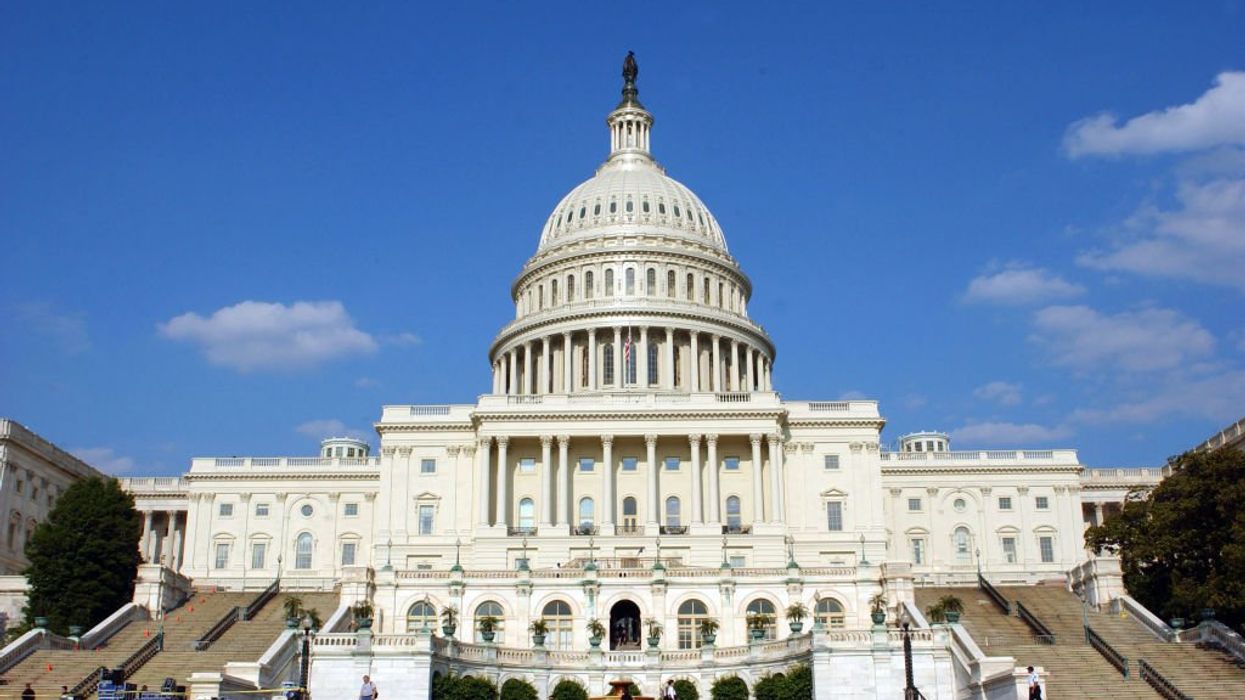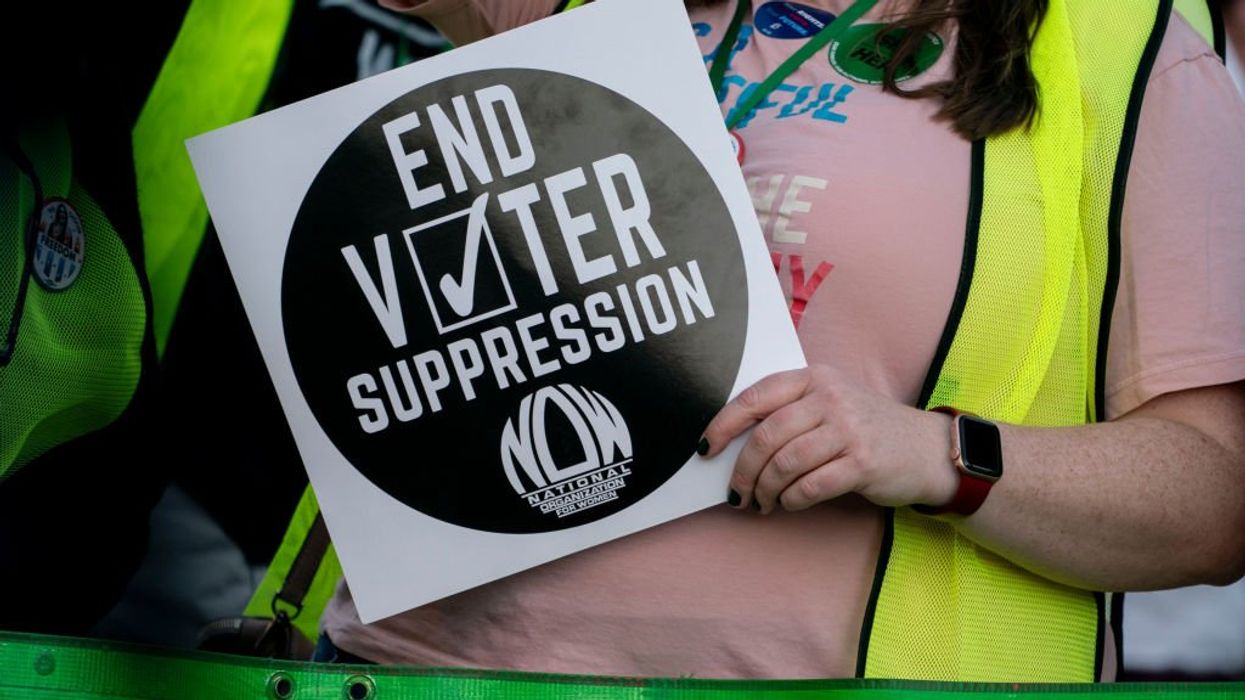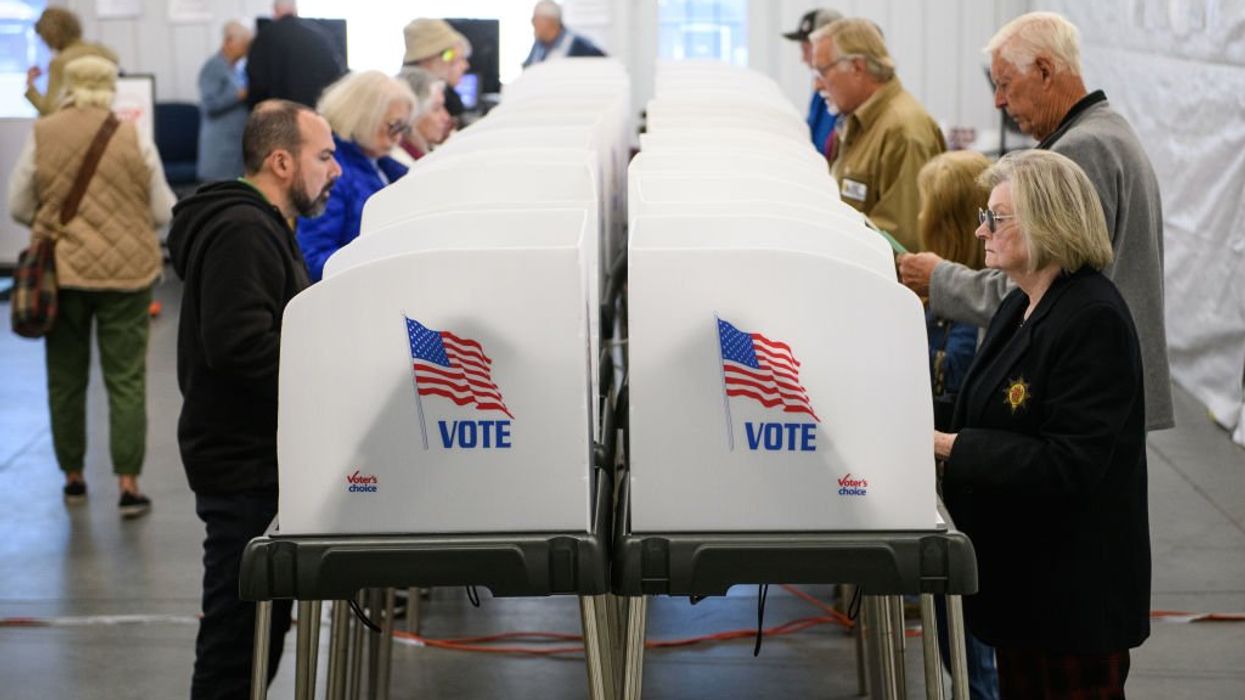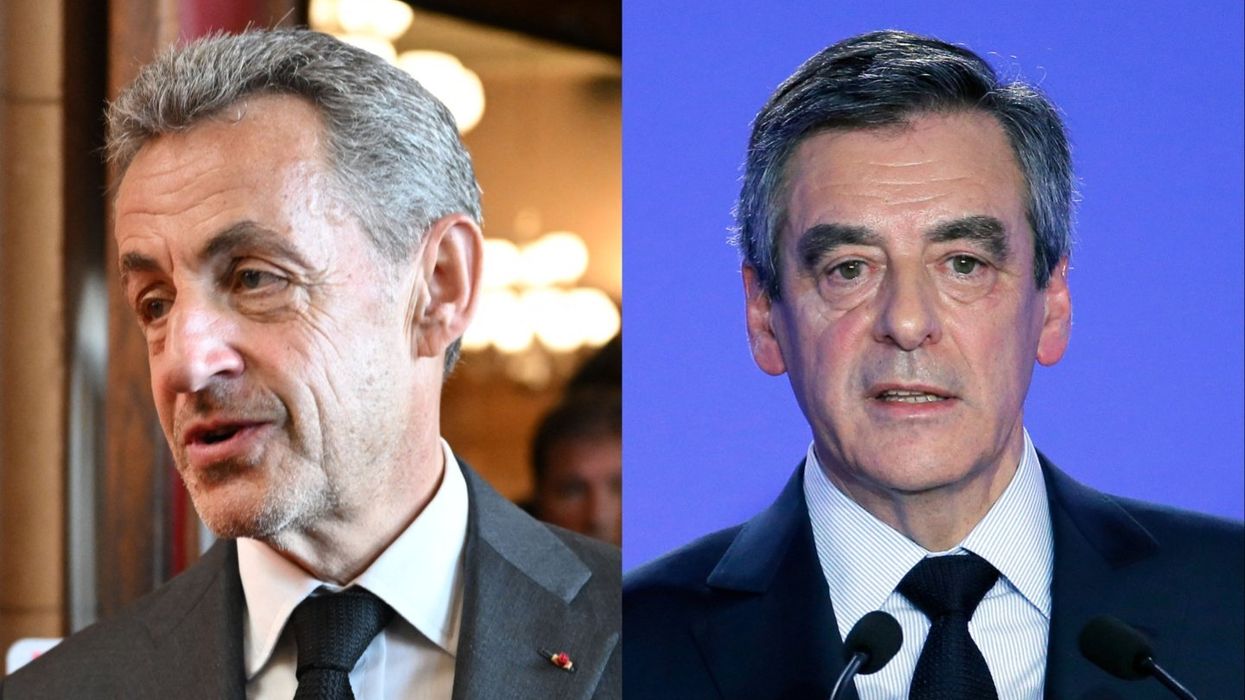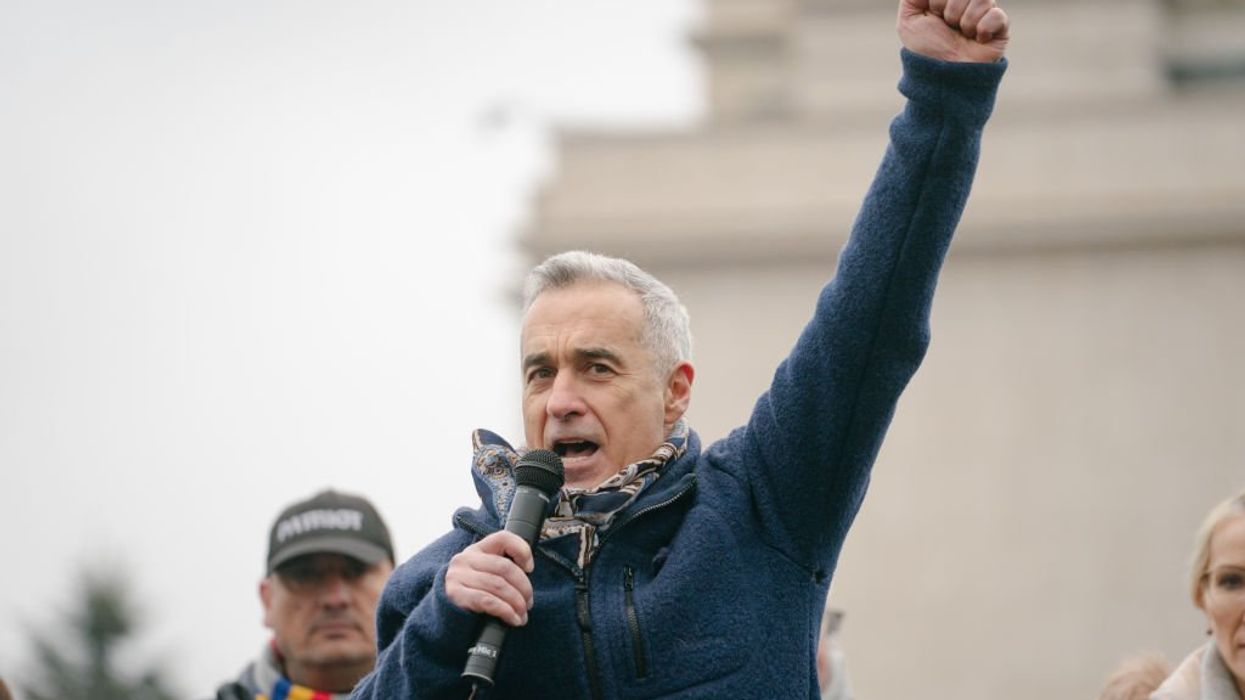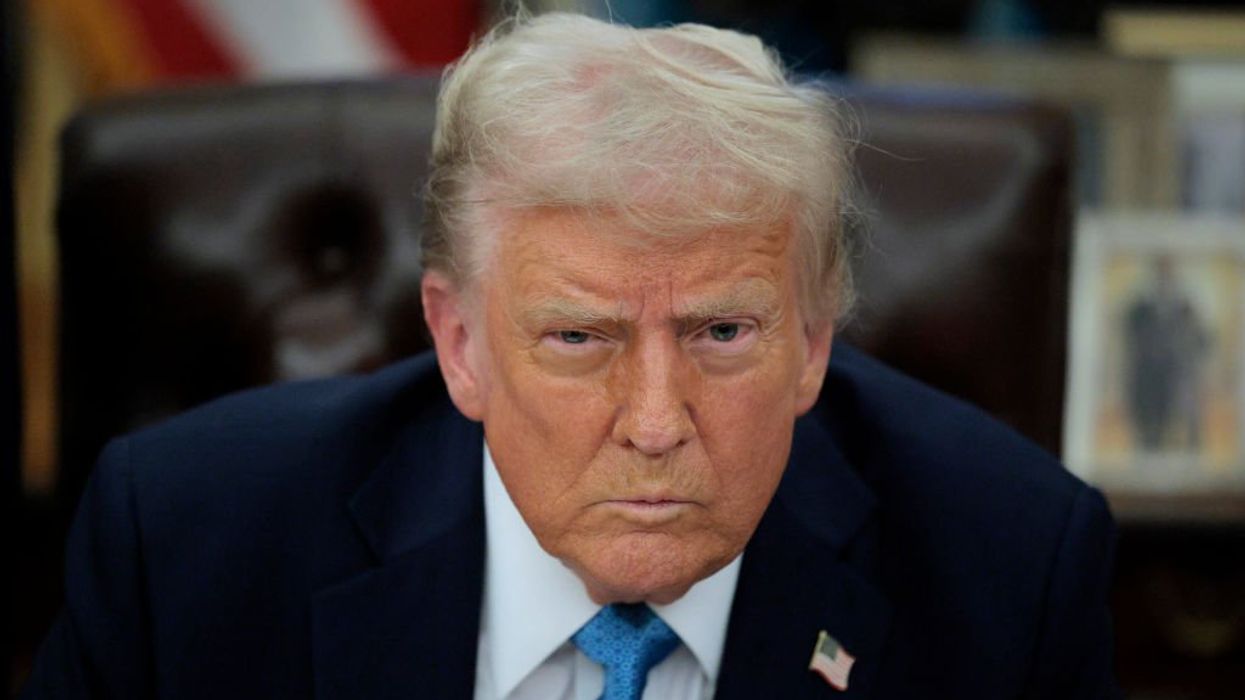On tonight’s episode of "Glenn Beck", Glenn laid out a new theory regarding the attacks on American Ambassador Chris Stevens in Libya. On the show, Glenn stated that he believes, based on his research and analysis, Stevens was not killed as a result of spontaneous riot spurned by the video spreading around YouTube parodying Muhammad. Instead, Glenn believes he was killed in a targeted attack and that the protests were just used as a distraction.
In the opening minutes of the show, Glenn laid out the timeline for the attacks on Libyan embassy::
- 10:15pm Consulate is engulfed in flames. Many escape, raced by convoy about one mile down the road to a supposed “safe house”. Stevens does not make it.
- 10:45pm Security staff regroup and try to take back the main building but encounter heavy fire and retreat.
- 11:20pm More back-up arrives and a second attempt regains the main building. Fighting erupts at the “secret” safe house and lasts 2 hours. The attack was described as “intense, deadly and accurarte.” It featured automatic weapons, RPG’s and mortar fire. The accuracy was said to be too good for ordinary revolutionaries. Two former SEALs are killed in firefight.
- 1:15 am – Stevens body taken to hospital and unable to be revived
Before the attack, one of the guards who died alongside Stevens, Sean Smith, posted the following on an online gaming message board: “assuming we don't die tonight. We saw one of our 'police' that guard the compound taking pictures”.
Glenn wondered if all the elements of the timeline above and the message from Smith really match up with the story circulating Washington D.C. and the media – that the attacks were the result of a spontaneous protest spurned on by the YouTube video. He had a different theory.
After a break, Glenn tried to tell the story of what happened in Libya from a different perspective.
He started by putting several questions up on the chalkboard:
- How often was the ambassador in Benghazi?
- What was the consulate like?
- Was there any warning?
- If the attack was really about the film – why didn’t the administration issue a warning based on that?
- Was the embassy put on high alert? Or is the report that nothing was done accurate?
- Who was on the protective detail? What were they doing in the area?
- What did the “spontaneous crowds” have RPG’s and laser accurate mortar fire?
- Why was the most important person there, the ambassador, left for dead while many other made it out?
- Who was the ambassador?
- Why didn’t the white house warn about the movie?
Glenn theorized that the two people who were working the two former SEALs working protective duty for the ambassador were actually CIA agents on an intelligence mission to round up dangerous weapons in the war town nation. Before his death, Glen Doherty, one of the former SEALs who was killed alongside Stevens, told ABC News about that he was looking for weapons in Libya. Also, Glenn said that, although it was not explicitly stated, it could be inferred from the interview that they were rounding up weapons supplied by the United States to Libyan rebels during the uprising last year.
Glenn also pointed out that the media’s portrayal of Stevens seems odd as more information about him emerges. He is said to have a huge love for the Libyan people, which is odd considering several leaders of the Libyan revolt against Gadaffi have stated they fought against the United States, and the rebel leader claimed that many Al-Qaida members were working with him on the front lines.
Reports have also surfaced over the past week that Stevens snuck into the war torn country on a cargo ship, and that he travelled to Morocco, Germany and Sweden. Glenn also found it suspicious that he did not travel in the more protected, but more obvious, armored vehicles.
“That doesn’t like your average pencil pusher diplomat. Sounds a little more like CIA to me,” Glenn theorized.
Glenn theorized that Stevens was in fact the CIA operative who was the CIA weapons dealer in the region, and he believed that Stevens was the one who brokered the deal to give Libyan rebels weapons to fight against Gadaffi.
So what does Glenn think really happened?
- The U.S. government is indeed looking for missiles to recover, so that no one finds out that we supplied them to terrorists
- They find a weapons cache of surface to air missles
- Same missiles we supplied during the revolution to take out aircraft.
- The CIA agents were forced to call in Stevens, our CIA weapons dealer.
- He flies in on short notice and takes an unmarked car to avoid suspicion to meet them
- The meeting goes south, he is taken to the closest safe house, which is why he ends up at the poorly secured consulate building.
- The message Sean Smith sent to the gaming community was really a message to the CIA telling them they needed help.
Glenn asked which scenario was more plausible: 1) The attacks were a result of a protest spurned by a YouTube video or 2) The bad guys in Benghazi staged the protests to cover for the attack.
“I don't know if this is the case,” Glenn said. “But I do know it's more likely than spontaneous rag-tag protesters pulling off a high level power assault.”
Glenn said that the media must press the Obama administration on the mission to recover weapons in Libya, and expose the possible scandal that the administration supplied the very weapons that killed the ambassador.
Watch the opening monologue which deals with the Libyan attack below:

